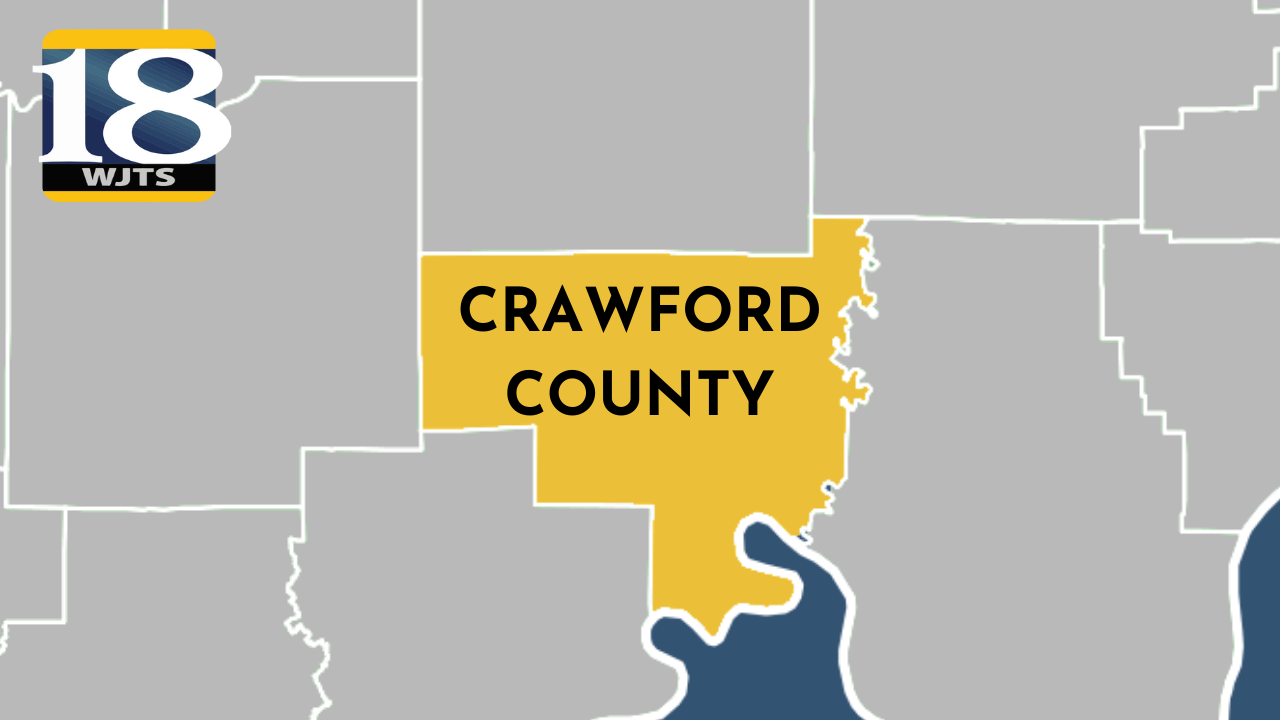Local Sources: With the gradual warming of local weather comes the inevitable movement of local bugs and animals. Among those on the move are flying ants and termites.
Termites and ants can play vital roles in breaking down woody structures like dead trees and shrubs, and, if found in their natural environment without man, play a vital role in helping recycle needed nutrients in nature. Around the home or farm, however, they should be seen as a nuisance in need of control to prevent the loss of homes, businesses, and other structures.
Termites ingest or eat wood as their main source of food, with microbes in their digestive tract turning complex woody molecules such as cellulose into simple sugars for termites to use.
Termites have complex social systems with each “job designation” serving a role within the colony. Worker termites, the ones that damage wood by eating the springwood layers, are white and soft-bodied and feed the other forms in the colony and expand the nest size. Soldier termites with enlarged mandibles (teeth) are responsible for protecting the colony from intruders. Winged reproductive forms swarm from mature colonies to disperse and establish new colonies.
Other than the termites themselves, their impact is easily identifiable due to frequent tunnels found near insect-damaged structures. When natural wood is located in the ground there is adequate water and protection for the insects to feed. However, when feeding in man-made structures there often is not enough moisture as they move farther from the soil, and they will create earthen tunnels to keep desired wood from drying and to link the wood safely back to the soil and their colony.
Ants on the other hand do not chew on wood for nutrition but rather as a way to excavate a place to live, with the larger black carpenter ants being the most damaging in homes. Although any species of ant can be found in a home as they search for food and protection, the carpenter ant is the species usually found in structural wood, especially where extra moisture can be found such as near faulty windows or doors or where small leaks or sweating pipes may occur in plumbing near wood.
Both winged termites and winged ants can be found moving, or “swarming”, this time of year and should be controlled before new colonies can be established. Swarming termites (which only swarm in the spring) are generally black with broad waists, straight antenna, and four crème or cloudy wings of equal length that are longer than the termite body. Winged ants (which can swarm in the spring, summer, or fall) have very narrow waists, elbowed or bent antenna, and four clear wings that are unequal in length and much shorter than the body.
To control termites all excess or scrap wood should be removed from building sites or around existing buildings, and wood should never be used for fill near a structure. Any structural wood near the foundation or soil line should be probed with a screwdriver or ice pick, especially joists, plates, and flooring. When termites are found few effective homeowner treatments exist and professional exterminators should be contacted who are able to get effective insecticides inside both the affected wood structures and underground colonies.

Termites can be treated with direct insecticide applications (which work quickly, but also can be of more concern in home or business use) or with poisoned termite baits (which are carried slowly by the termites to their colonies and are less objectionable to humans, but usually take months to kill the colony). Again, contact a licensed professional exterminator to efficiently and safely control problem termites.
To control carpenter ants look for active colonies in or outside of the home, or search for small piles of sawdust where ant galleries are being built. Spray outside foundation walls and adjacent soil with a formulation labelled for outdoor ant control, and use household sprays labelled for “crawling insects” or “roach and ant” control for indoor control. Always follow label directions.

For additional information on the identification and control of termites and ants, check out the free Purdue publications “Termite Control” https://extension.entm.purdue.edu/publications/E-4.pdf , “Selecting A Termite Control Service” https://extension.entm.purdue.edu/publications/E-2/E-2.pdf and “Ants” https://extension.entm.purdue.edu/publications/E-22.pdf .
If you would like more information on this or other residential topics, please contact Purdue Extension – Dubois County at 812-482-1782 or kjeck@purdue.edu.




